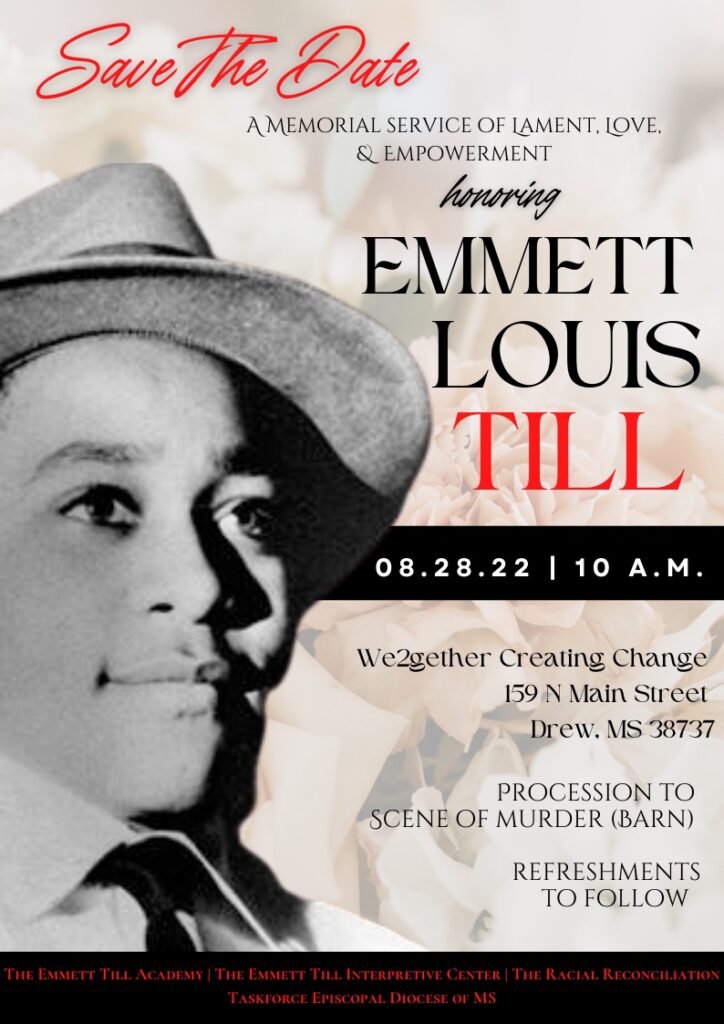
Respect-Centered Reparations
My last blog post talked about the shift in direction my reparations journey needs to take. That post introduced the impetus for the change. This blog post talks about what it might mean to shift from white-centered reparations to respect-centered reparations.
Reparations: Story I
Here’s a story: my Bigmama’s grandfather fought for the South in the Civil War. His home—LaGrange peach plantation outside Vicksburg in Warren County, Mississippi—was occupied by General Grant during the war. After the war, this ancestor was one of thousands of white Southerners who fought to end Reconstruction. He founded a “white club” in the nearby town of Bovina that used taxation as an excuse to threaten the local government. Afterwards, he and others rampaged through Warren County, killing Black folks. His actions are documented in the Congressional Record. Vicksburg, of course, is the site of the famous siege that broke the back of the Confederacy. Vicksburg has hosted Civil War re-enactments every year almost since the cannons stopped booming. Rememberings of the 1874 Vicksburg Massacre are not as common.
Reparations: Story II
Here’s another story: When the Civil War came to Warren County, Black Mississippians accepted the challenge. They joined the side of Union forces to secure their freedom. General Grant mustered one such regiment on his encampment in rural Warren County where, at a former peach plantation, over 91 Black Mississippians had been held against their will. The regiment, Battery C, 2nd US Colored Light Artillery 1st Louisiana Battery (African descent), drilled and prepared to defend their right to freedom. After the war, white vigilantes sought to overthrow the county’s duly elected Black officials. To that end, whites rampaged through the countryside, murdering their fellow Mississippians. Despite intense intimidation and unimaginable risk, survivors appeared before a Congressional Committee to testify against local whites who had murdered their kin.
Wherein Lies the Difference?
Do you feel the difference in these two stories? They both cover the same ground. But, lord, do they do it differently. One is a white-centered telling. The other places African Americans at the center of the fight to make Mississippi a real democracy.
Respect-Centered Reparations
My last blog post quoted a woman quoting a descendant whose ancestors had been enslaved as saying what they wanted in reparative work was respect. It seems to me the “confession” of the first story does not focus on respect. Perhaps the second story comes closer.
Again, I believe grappling with my white family history is extremely important. If I hadn’t researched, I wouldn’t have known about the African American regiment mustered on my family’s peach farm. Nor would I have known about the Congressional Record on the Massacre where survivors testified. But, once known, the question becomes, how do you tell the story? I’m still learning, and I’m sure I’m making many, many mistakes here, but you obviously know my answer: focus on respect.

Black Civil War heroes, Emmett Louis Till Memorial Service, reparations stories, respect-centered reparations, the Congressional Record on Vicksburg Massacre, Vicksburg Massacre
Joe Hawes
I think you are proving to be an excellent historian and you are telling stories which we need to hear. I hope you will continue the work you have started.
Ellen Morris Prewitt
TY, Joe. A great compliment coming from you. We shall see where this meandering journey goes from here.
Joe Hawes
I think you are on to something profoundly important and timely. Don’t forget your vitamins and keep posting!
Ellen Morris Prewitt
(blushes)
Marie Bailey
Wow, your examples make it so clear the difference between white-centered and respect-centered reparations. I guess one of the things I struggle with is, whose story does one have a right to tell? I can understand the tendency toward white-centered because it’s your (or your family’s) story. There’s an immediacy in that telling and a desire to be uncomfortably honest in the words you choose. The respect-centered is more objective, more distant, more like you’re telling someone else’s story. Goodness, am I making sense? And I’m not saying that you should stick with the white-centered. The respect-centered is what is needed, especially in this context of reparations. I think I’m veering off a bit, thinking about memoir writing in general. But (the dim bulb in my head just clicked on) what you’re doing in the respect-centered telling is including the stories of the Black Mississippians versus speaking for them. Well, sorry for any confusion. Lol … I’m too tired to edit my comment so I can only hope it makes sense …
Ellen Morris Prewitt
These are really good points. That’s why I don’t identify the people killed by the group my ancestor was associated with. Even though the names are public information in the congressional record, it seems disrespectful to me. Not mine to tell. And I wouldn’t be telling the story at all if the peach farm weren’t in the story. So, how do I tell the story my family played without making them the primary actors in the bigger, more important story? It might be a combination of the two. Obviously, I’m still working this out!
Joanne Corey
(Apologies for being a late arrival to the discussion.) To my mind, it’s not disrespectful to include names and other publicly available information in your respect-centered stories. You are acting as a reporter does in that way, as opposed to a memoir writer, as Marie points out. And, as you point out in your own comment, you can devise a way to tell a respect-centered story that includes ancestral stories while not centering the white/family voice. Perhaps, this will mean using a more “reporter” than “story-teller” voice. For example, instead of saying “my Bigmama’s grandfather” you would say “my great-great-grandfather.” (Or great-grandfather? I’m not sure I have the generations named correctly.) I realize that you are not using your family’s proper names so as not to bring unwarranted attention, which I think is also a reason to lift up names of those who testified before Congress, in their honor and in honor of their lost loved ones. It makes me think of the calls at rallies and marches to “say their names.”
Ellen Morris Prewitt
That helps. I’ll cogitate on it more. I just keep thinking what a shock it would be to me to read someone writing about my ancestor being murdered for hateful racist reasons if I hadn’t known about it before that. Who knows…